7 Cool Facts about Cactus You Didn’t Know About!
Cacti are amazing plants that can endure tough conditions. We all know this. But did you know that cacti have even more surprising abilities? Today, we’re going to delve into the fascinating world of cacti and discover seven awesome facts that you may have never heard before. Get ready to be amazed by these incredible desert dwellers!
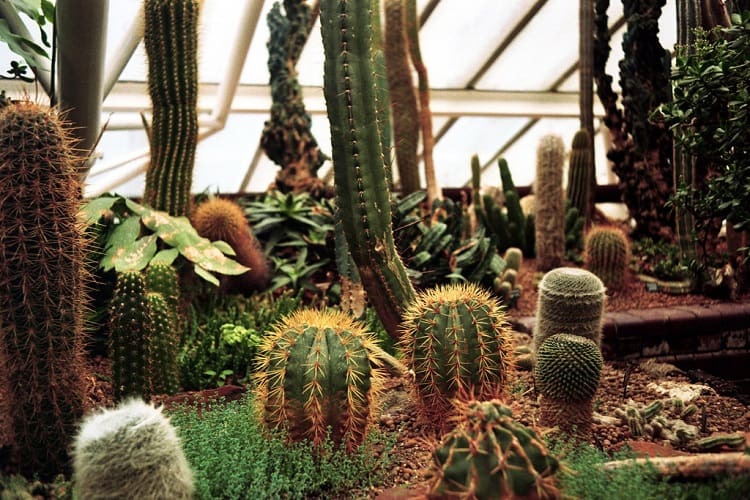
Contents
- 1 7 Fun Facts about Cactus
- 2 Frequently Asked Questions
- 2.1 1. Why do cactus have thorns?
- 2.2 2. Why are cactus stems usually very thick?
- 2.3 3. What are the benefits of having cacti in our homes?
- 2.4 4. Are cactus poisonous to humans?
- 2.5 5. Are prickly pears poisonous?
- 2.6 6. How long does a cactus live?
- 2.7 7. How much water is in a cactus?
- 2.8 8. How do cacti photosynthesize?
7 Fun Facts about Cactus
Fact #1: Spines, Not Thorns
When we see those pointy things on cacti, we often call them thorns. But guess what? They’re actually spines! These spines are special organs of the plant that used to be leaves a long time ago. Throughout evolution, cacti developed spines to help them survive in extreme conditions.
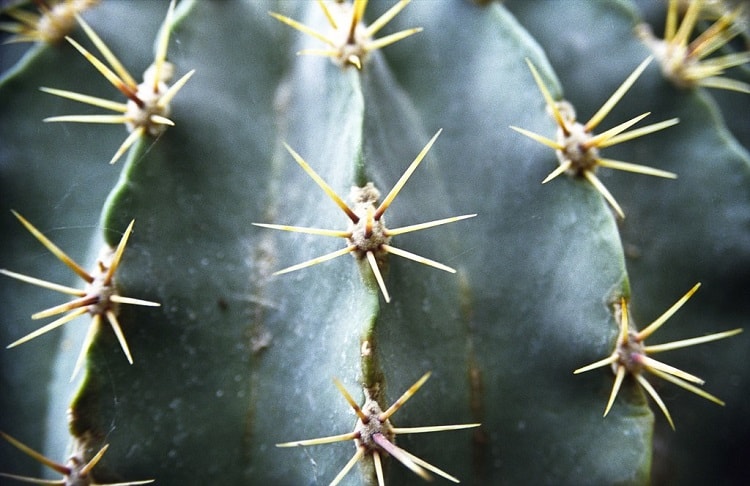
Fact #2: Multi-Purpose Spines
Cacti’s spines serve more than one purpose. They act as weapons, protecting the plant from being eaten by animals. But that’s not all—they also protect the cactus from sunburn by reflecting sunlight. On chilly nights, the spines help insulate the cactus from the cold. Plus, they even catch mist from the air, providing the cactus with water. Sometimes, these spines get caught in animal fur, and when they fall off, a new cactus can grow. Talk about a handy feature!
Fact #3: Cacti Can Make Music
Believe it or not, cacti can be musical! Well, not the cactus itself, but its spines. In the past, people used the largest cactus spines as needles for gramophones. Imagine playing your favorite songs with a cactus spine!
Fact #4: Edible Cacti
Did you know that you can actually eat some types of cactus? You can find the orange-red fruits of the prickly pear cactus in gourmet stores. But that’s not all—the green parts of the cactus plant are also edible. When steamed or fried, they become a deliciously sour vegetable. In Erfurt, Germany, cactus cultivation has been happening since 1685, and they have created amazing dishes using these thorny plants.
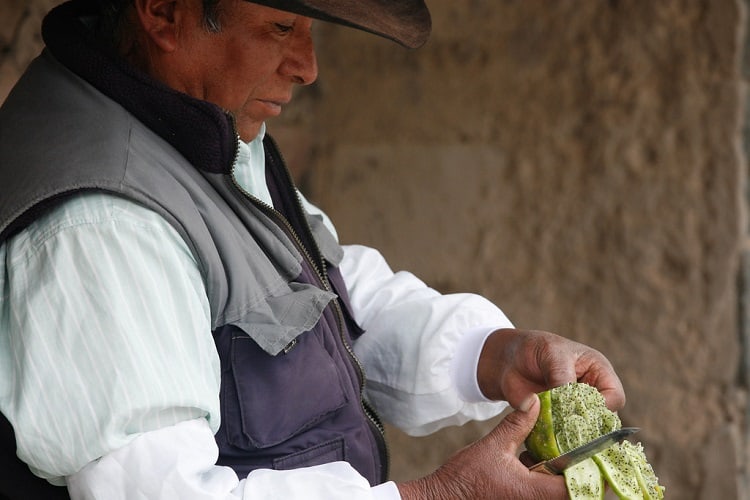
Fact #5: Cacti Can Be Intoxicating
Around 3,000 years ago, Native Americans discovered that certain species of cacti can be intoxicating. They would chew pieces of the cactus, believing it brought them closer to the gods. The most famous of these cacti is the peyote cactus, which contains a substance called mescaline. Scientists like Louis Lewin and Arthur Heffter studied these cacti and extracted the intoxicating substances. However, since 1971, mescaline has been deemed illegal worldwide by the UN Convention. In the United States, possession of mescaline can lead to imprisonment for up to five years.
Fact #6: Cactus Won’t Quench Your Thirst
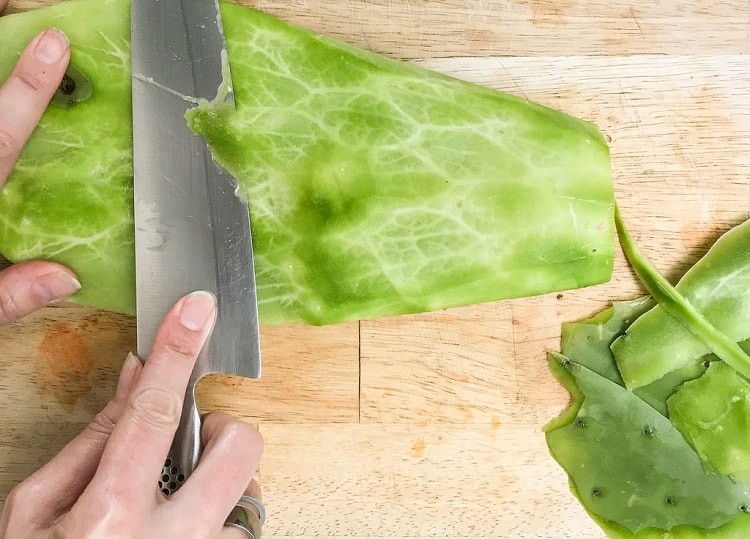
Contrary to what adventure writers might say, you can’t drink the water from a cactus in the desert. When you cut open a cactus, all you’ll find is a thick gel that you can’t drink. So, if you’re ever lost and thirsty in the desert, don’t expect a cactus to provide you with water like a magical oasis.
Fact #7: Cactus Furniture
Did you know that you can make furniture out of cacti? Over time, certain parts of cacti become woody, especially column cacti that form large segments. This cactus wood has its advantages—it’s knot-free, grows straight, and the fiber structure makes it flexible yet sturdy. So far, people in Latin America have been making furniture using cactus wood. In our country, you can find toys made from cactus wood for birds and reptiles kept as pets.
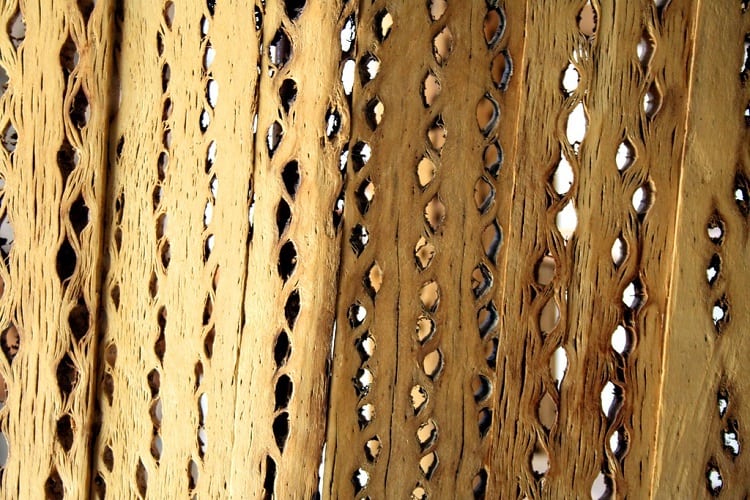
These cool facts about cacti show just how fascinating these desert plants truly are. From their spines to their culinary uses, cacti continue to surprise us with their unique features and abilities.
Frequently Asked Questions
1. Why do cactus have thorns?
Cacti have spines, not thorns, for a good reason. These spines serve as a protective mechanism for the cacti. In dry regions like deserts, where water is scarce, cacti can store water in their stems and become a much-needed source of moisture for animals. Without spines, cacti would be vulnerable to animals trying to access their water reserves. Spines also help cacti regulate their temperature by reflecting sunlight and insulating against cold desert nights.
2. Why are cactus stems usually very thick?
Cacti are known as succulents because of their thick stems, which can store water. The amount of water stored in the stem can be as high as 90% of the plant’s weight, depending on the environmental humidity. The stem can expand or shrink based on water availability, sometimes causing certain features or channels to disappear or become more pronounced. This ability allows cacti to adapt to changing conditions and survive in arid environments.
3. What are the benefits of having cacti in our homes?
Contrary to the belief that cacti bring bad luck, they actually bring positive vibes to our homes. Cacti are popular plants for decoration because they add life to spaces and create a harmonious atmosphere. They serve as unique decorative elements, adding a touch of green to walls, furniture, and bookshelves. Cacti are also easy to care for and purify the air by absorbing carbon dioxide and producing oxygen. Additionally, having cacti near electronic devices, like computers, can help reduce radiation and protect our health.

4. Are cactus poisonous to humans?
No, cacti are not poisonous to humans. While some cacti can have hallucinogenic effects if consumed in excess, there are no truly poisonous cacti. However, it’s important to note that a succulent plant called Euphorbia, which resembles a cactus, is toxic and can cause skin and eye irritation.
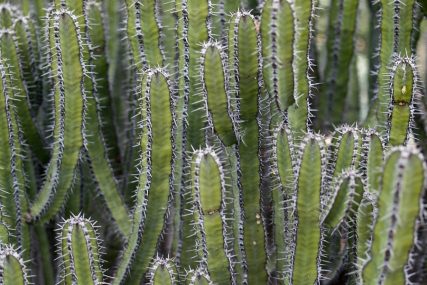
5. Are prickly pears poisonous?
Prickly pears, also known as nopales, are not poisonous at all. In fact, the fleshy shoots and fruits of prickly pears are edible and considered a traditional food in Mexico. The fruits can be eaten raw, while the green segments are cooked. However, caution must be taken when handling prickly pears due to the spines, which can cause irritation and inflammation if they penetrate the skin.
6. How long does a cactus live?
Cacti can live for a long time, depending on the species. The lifespan of cacti ranges from 10 to 200 years. Cacti grown in their natural outdoor habitats tend to live longer than those kept as indoor plants. The Saguaro cactus, native to the deserts of Arizona and Mexico, is believed to be the longest-lived cactus. However, the lifespan varies from species to species, and with proper care, many indoor cacti can live for decades.
7. How much water is in a cactus?
Cacti have the incredible ability to store water within their stems. Some cacti can hold an amount of water that is equivalent to their own weight. This allows them to survive in arid conditions without water for up to 12 weeks.
8. How do cacti photosynthesize?
Cacti have a special way of photosynthesizing called CAM (Crassulacean Acid Metabolism) cycle. Unlike the “normal” Calvin Cycle that requires open stomata during the day, the CAM cycle allows cacti to open their stomata at night when evaporation is lower. This helps reduce water loss. In the CAM cycle, carbon dioxide is stored as malic acid at night and released during the day when sunlight is available. This type of photosynthesis significantly reduces water consumption. Some cactus species can switch between different photosynthesis pathways, while others use a combination of different pathways in different parts of the plant.
